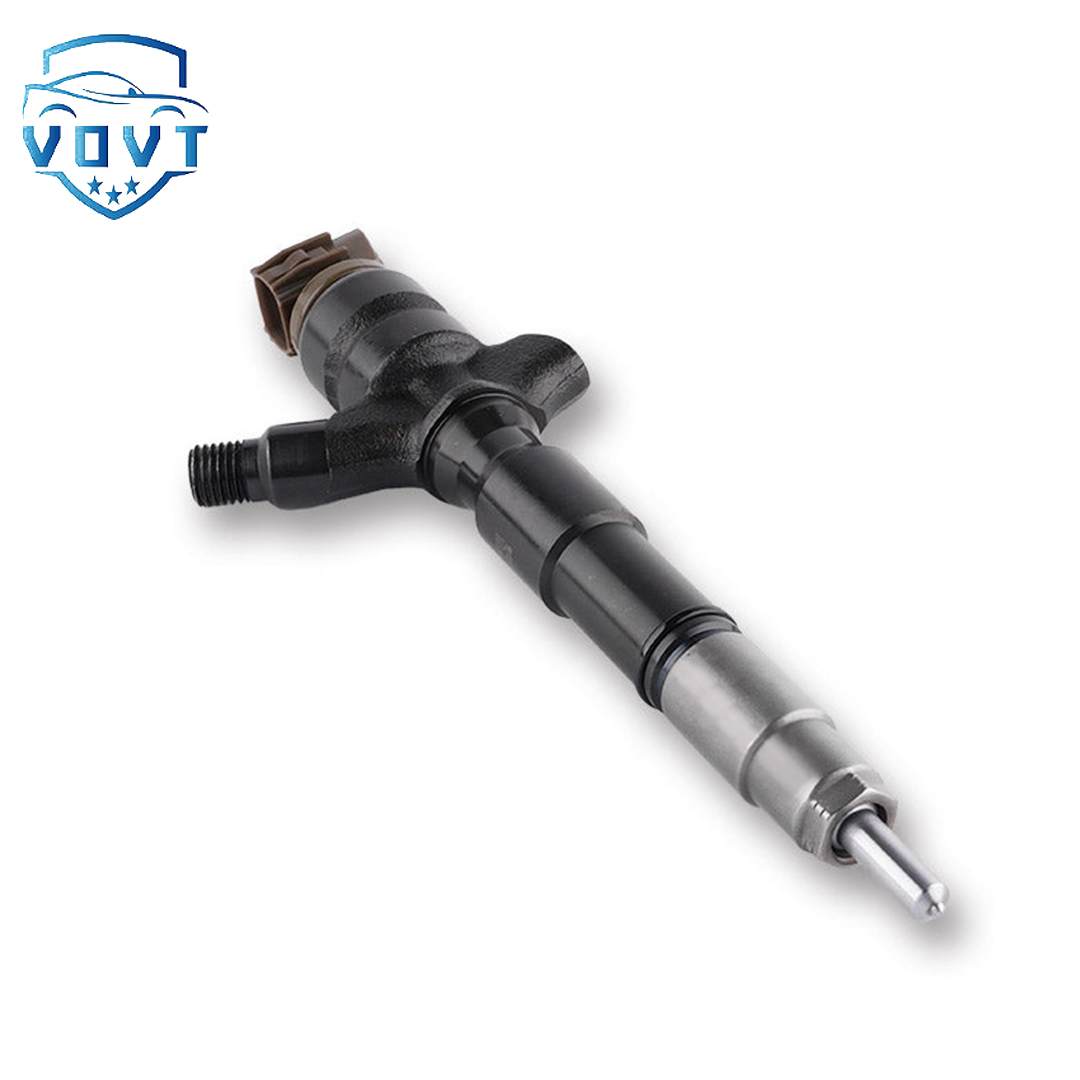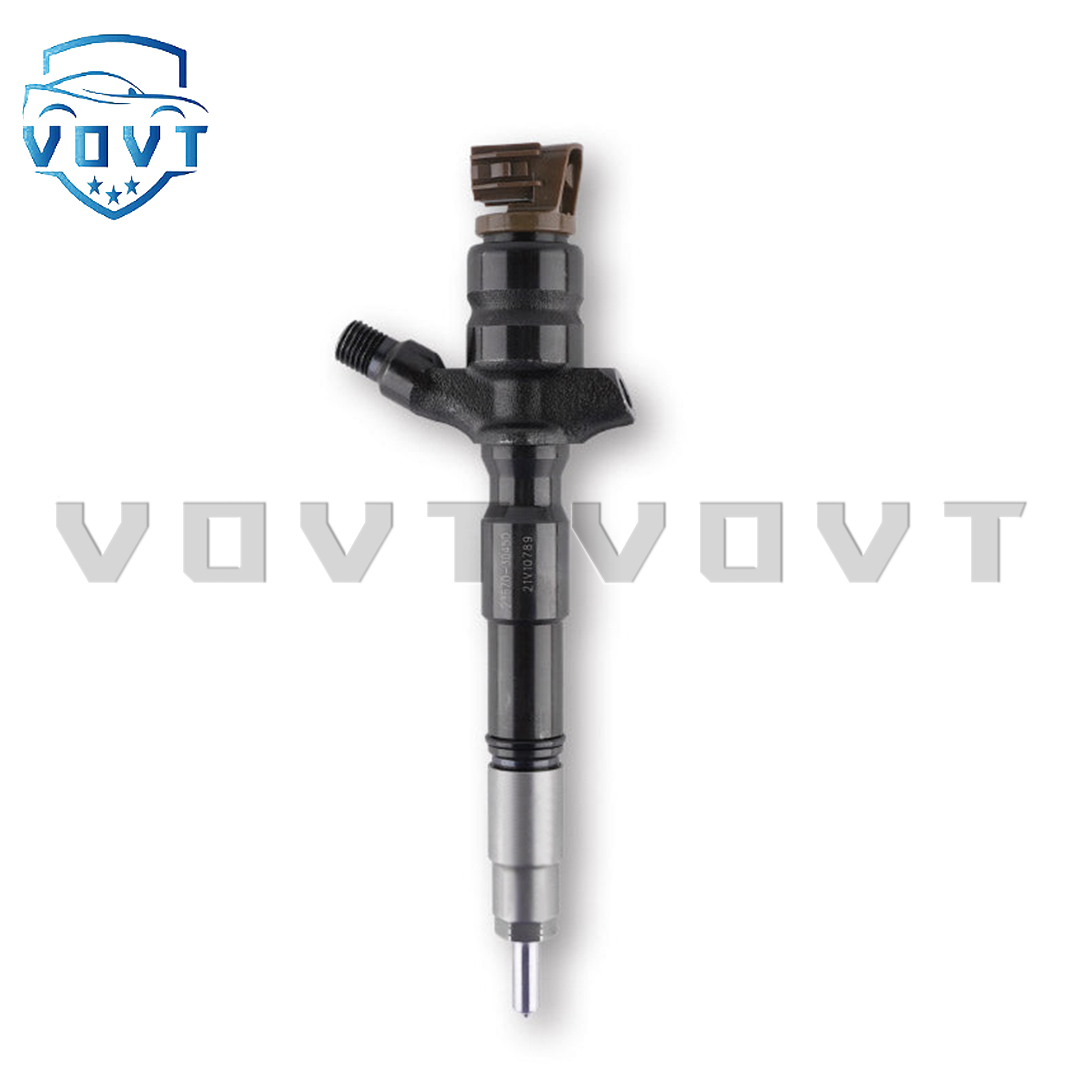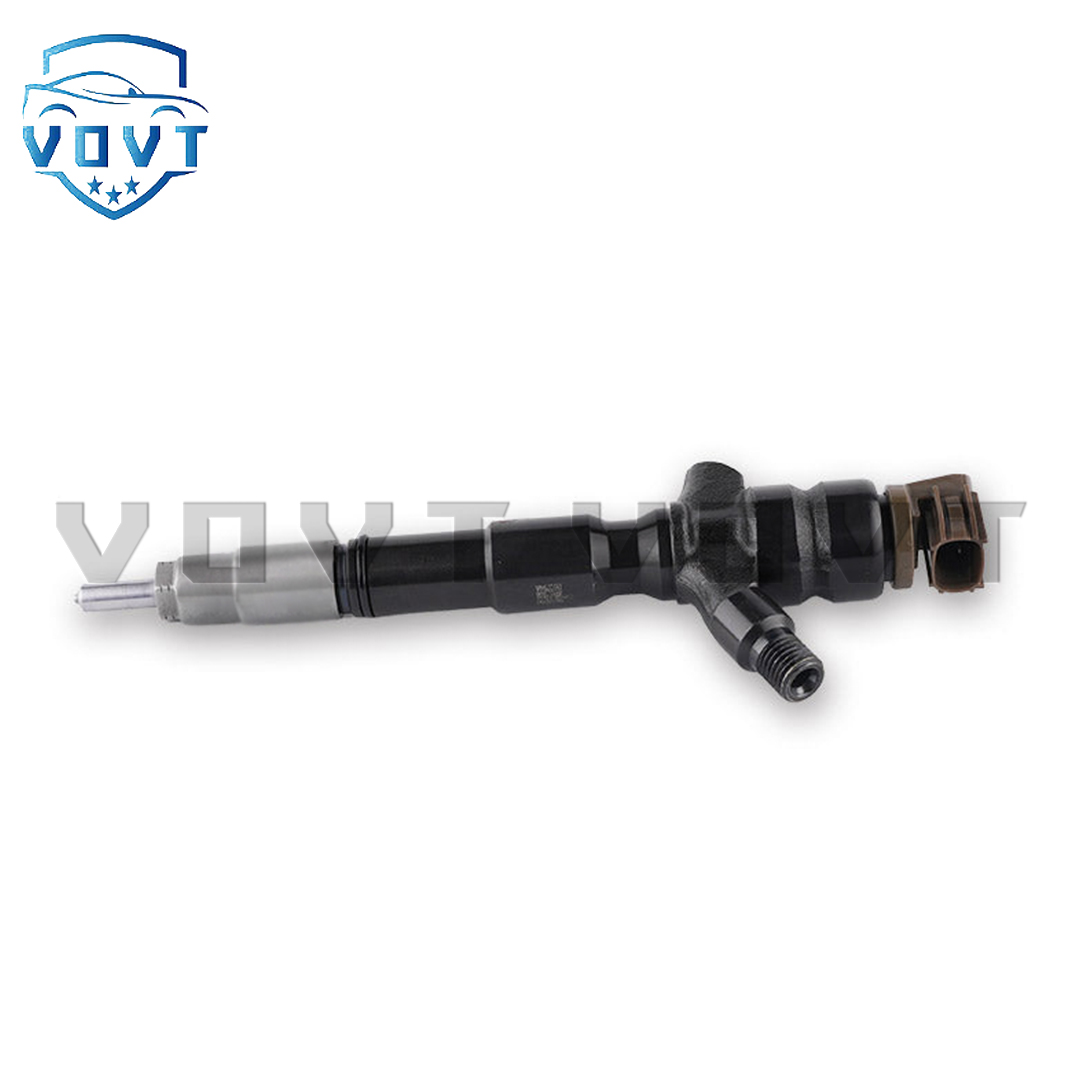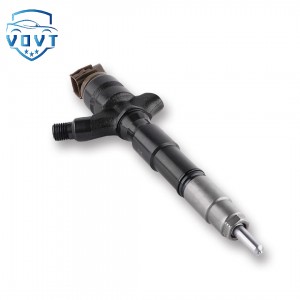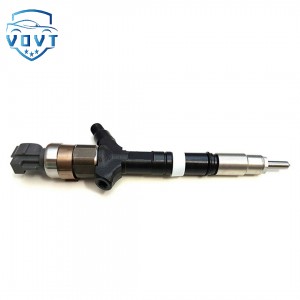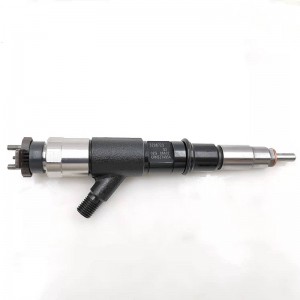High Quality New Diesel Injector 295900-0280 295900-0210 Common Rail Injector for Denso Engine Spare Parts
Products Description
| Reference. Codes | 295900-0280 |
| Application | Toyota Hilux Fortuner 2KD FTV 2.5D |
| MOQ | 4PCS |
| Certification | ISO9001 |
| Place of Origin | China |
| Packaging | Neutral packing |
| Quality Control | 100% tested before shipment |
| Lead time | 7~10 working days |
| Payment | T/T, L/C, Paypal, Western Union, MoneyGram or as your requirement |
Diesel engine fuel injector structure and working principle
Cavitation Inside High-Pressure Optically Transparent Fuel Injector Nozzles (PART 2)
Optically accessible (OA) injector nozzles have been used in several past studies of interior flows of injector nozzle geometries found in direct-injection compression-ignition engines. Many of these past studies were performed at injection pressures significantly lower than those of the related industrial injector, due to the challenge of designing an OA injector which can withstand high injection pressures. To compensate, some used scaled-up geometries to match Reynolds number.
Studies which attempted to reach realistic injection pressures will be summarized here, since these are the most relevant to the design presented in this paper, and ultimately are the most accurate when it comes to reproducing the flow of interest.
Arcoumanis et al. examined the effect of scaling geometries while matching Reynolds and Cavitation numbers in the real-size and scaled up geometry[2]. They found that the cavitation structures were different in the two geometries at similar cavitation numbers. Both geometry scales showed geometric cavitation on the downstream side of the upper orifice edge(with the injector pointing downward), and string cavitation existing on the opposite side of the orifice hole.
The main difference observed by the authors was attributed to the difference in bubble residence time in the flow due to the different orifice lengths. The large scale injector was made of acrylic glass, while the real scale injector was made of a quartz rod attached to a Bosch common-rail injector body and surrounded by an acrylic support gallery. The acrylic piece was significantly larger than the injector’s original steel nozzle. Reid et al. used sapphire to create a simplified version of the geometry found in valve-covered-orifice (VCO) injectors[3]. They achieved injection pressures of 2000 bar with the design. It seems that the orifice was constructed by layering sapphire plates in the axial direction with a series of thru holes which formed the final geometry. This was a clever way to simplify the processing of the parts.

